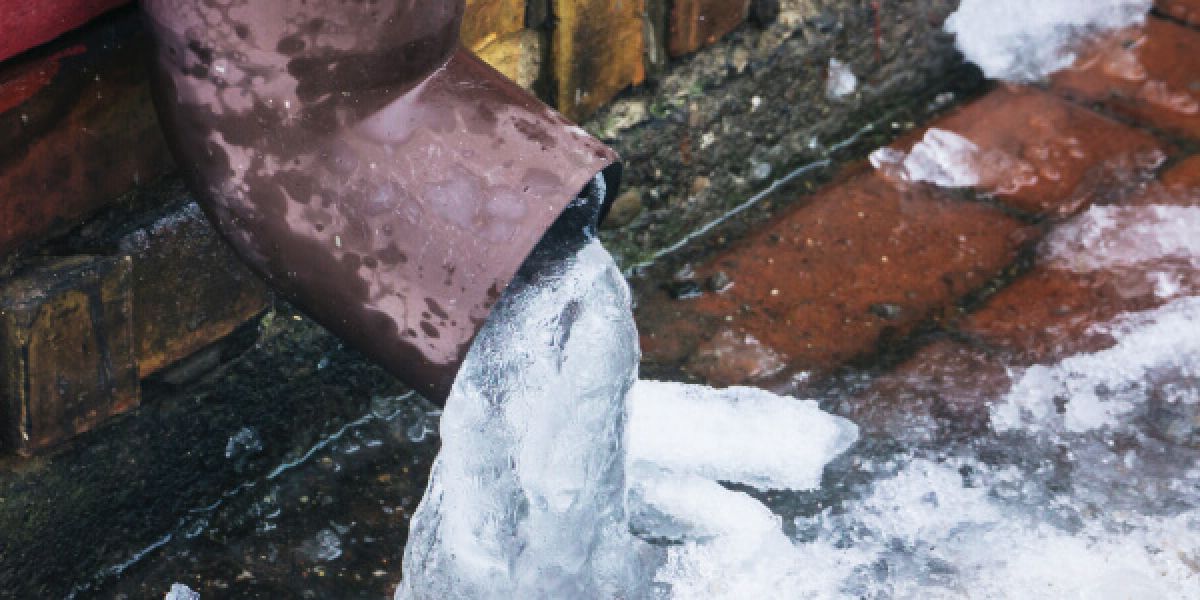This post below about Helpful Tips to Prevent Frozen Pipes this Winter is amazingly intriguing. Read it for your own benefit and decide what you think about it.

Cold weather can ruin your plumbing, specifically by freezing pipes. Below's exactly how to stop it from happening and what to do if it does.
Intro
As temperatures decrease, the threat of icy pipes boosts, potentially bring about expensive repairs and water damages. Understanding exactly how to avoid frozen pipelines is essential for house owners in cool environments.
Avoidance Tips
Insulating susceptible pipes
Cover pipelines in insulation sleeves or utilize warmth tape to secure them from freezing temperatures. Focus on pipes in unheated or outside areas of the home.
Heating methods
Maintain interior areas effectively heated up, particularly areas with pipes. Open up cupboard doors to permit warm air to flow around pipelines under sinks.
How to determine frozen pipes
Look for reduced water circulation from taps, uncommon smells or sounds from pipes, and noticeable frost on revealed pipelines.
Long-Term Solutions
Structural modifications
Consider rerouting pipes far from outside walls or unheated areas. Include extra insulation to attic rooms, cellars, and crawl spaces.
Upgrading insulation
Buy top notch insulation for pipes, attics, and walls. Correct insulation assists maintain regular temperatures and reduces the danger of icy pipelines.
Safeguarding Exterior Plumbing
Garden tubes and outdoor faucets
Detach and drain garden hoses before wintertime. Set up frost-proof faucets or cover exterior taps with protected caps.
Understanding Icy Pipes
What causes pipes to freeze?
Pipelines freeze when subjected to temperature levels listed below 32 ° F (0 ° C) for expanded durations. As water inside the pipelines freezes, it broadens, putting pressure on the pipe walls and potentially causing them to break.
Threats and damages
Icy pipelines can result in water supply interruptions, residential property damage, and costly repair services. Ruptured pipelines can flood homes and create substantial structural damages.
Signs of Frozen Water Lines
Identifying frozen pipes early can stop them from bursting.
What to Do If Your Pipelines Freeze
Immediate activities to take
If you think icy pipes, keep faucets open to soothe stress as the ice thaws. Make use of a hairdryer or towels taken in warm water to thaw pipelines slowly.
Final thought
Stopping icy pipelines requires proactive actions and quick actions. By understanding the causes, indications, and preventive measures, home owners can shield their pipes during cold weather.
5 Ways to Prevent Frozen Pipes
Drain Outdoor Faucets and Disconnect Hoses
First, close the shut-off valve that controls the flow of water in the pipe to your outdoor faucet. Then, head outside to disconnect and drain your hose and open the outdoor faucet to allow the water to completely drain out of the line. Turn off the faucet when done. Finally, head back to the shut-off valve and drain the remaining water inside the pipe into a bucket or container. Additionally, if you have a home irrigation system, you should consider hiring an expert to clear the system of water each year.
Insulate Pipes
One of the best and most cost-effective methods for preventing frozen water pipes is to wrap your pipes with insulation. This is especially important for areas in your home that aren’t exposed to heat, such as an attic. We suggest using foam sleeves, which can typically be found at your local hardware store.
Keep Heat Running at 65
Your pipes are located inside your walls, and the temperature there is much colder than the rest of the house. To prevent your pipes from freezing, The Insurance Information Institute suggests that you keep your home heated to at least 65 degrees, even when traveling. You may want to invest in smart devices that can keep an eye on the temperature in your home while you’re away.
Leave Water Dripping
Moving water — even a small trickle — can prevent ice from forming inside your pipes. When freezing temps are imminent, start a drip of water from all faucets that serve exposed pipes. Leaving a few faucets running will also help relieve pressure inside the pipes and help prevent a rupture if the water inside freezes.
Open Cupboard Doors
Warm your kitchen and bathroom pipes by opening cupboards and vanities. You should also leave your interior doors ajar to help warm air circulate evenly throughout your home.

Do you really like reading up on Helpful Tips to Prevent Frozen Pipes this Winter? Place feedback below. We would be pleased to see your ideas about this write-up. Hoping that you visit us again in the near future. Enjoyed reading our review? Please quickly share it. Let someone else discover it. Thank you for taking the time to read it.
Call Today